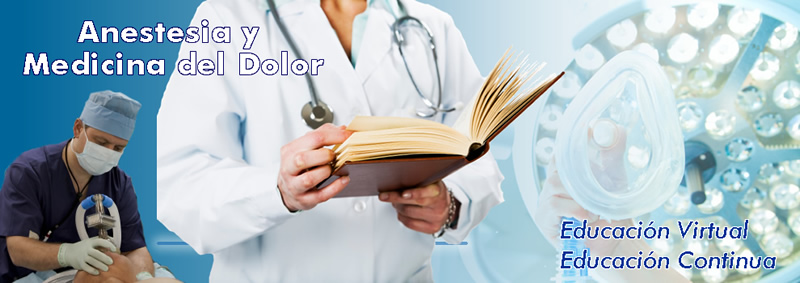Beneficios de implementar un protocolo mejorado de recuperación después de la cirugía en cirugía ambulatoria
Los protocolos de recuperación mejorada después de la cirugía con inyección periarticular intraoperatoria para pacientes que se someten a reconstrucción del LCA producen puntajes de dolor más bajos, menor consumo de opioides y menor tiempo de recuperación en la PACU.
https://journals.sagepub.com/doi/10.1177/23259671221133412
- Los protocolos de recuperación mejorada después de la cirugía (ERAS,
por sus siglas en inglés) en cirugía ortopédica han obtenido un enfoque
significativo debido a su capacidad para controlar el dolor
adecuadamente en la ventana posoperatoria inmediata, lo que permite una
movilización más temprana, estadías hospitalarias más cortas y menos
complicaciones.
Virginia Commonwealth University creó un enfoque de manejo del dolor multimodal en el que los pacientes reciben un bloqueo preoperatorio del nervio femoral seguido de una inyección local de anestesia periarticular intraoperatoria que consiste en bupivacaína, ketamina y ketorolaco. - Los hallazgos del estudio sugieren que un protocolo de vías de recuperación mejoradas que incluye una inyección periarticular intraoperatoria estandarizada de bupivacaína, ketamina y ketorolaco mejora las puntuaciones de dolor en la ventana posoperatoria inmediata, disminuye el consumo de opioides y reduce el tiempo de recuperación en la PACU para los pacientes que se someten a una reconstrucción del LCA.
https://pubmed.ncbi.nlm.nih.gov/36452342/
https://www.ncbi.nlm.nih.gov/pmc/articles/PMC9703544/
https://journals.sagepub.com/doi/10.1177/23259671221133412
Hampton H, Torre M, Satalich J, Pershad P, Gammon L, O’Connell R, Brusilovsky I, Vap A. Benefits of Implementing an Enhanced Recovery After Surgery Protocol in Ambulatory Surgery. Orthop J Sports Med. 2022 Nov 23;10(11):23259671221133412. doi: 10.1177/23259671221133412. PMID: 36452342; PMCID: PMC9703544.






